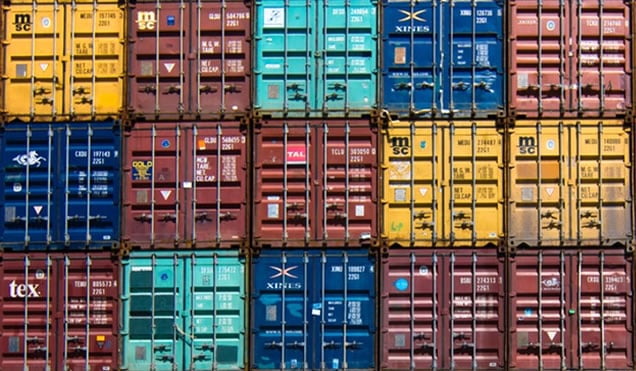
For companies involved in importing, the cost of freight and duty on items purchased overseas can be quite significant. In developing a fully realized product cost to maintain profit margins, your accounting department must capture every cost of doing business associated with each product.
Freight costs and duty are such expenditures that must be rolled into the core item cost, so values such as cost of sales are reflected accordingly. Processing this manually means extra work for your back-office. Automating these calculations is much preferred, much simpler, and delivers a much more accurate “landed cost” — or true costs — for your business.
Landed cost is the total price of a product or shipment once it has arrived at a buyer's doorstep.
In other words, landed cost is the total expense associated with shipping a product. The term typically refers to costs connected with international shipping like taxes and fees.
The landed cost includes the original price of the product, transportation fees (both inland and ocean), customs, duties, taxes, tariffs, insurance, currency conversion, crating, handling and payment fees. All of these individual costs are part of the value of the received goods. Tracking the overall item cost helps establish proper sales prices and determine the actual margin per item.
Even third-party freight or an import voucher that is received subsequent to a purchase item voucher should be retroactively applied back to item costs.
First cost refers to the price paid to the manufacturer for the product and does not include any other costs, whereas landed cost accounts for the total price of a product or shipment once it has arrived at a buyer's doorstep.
To calculate landed cost, add the cost of a product, shipping, customs, risk, and overhead expenses. That sum is the total landed cost.
Here is the basic formula for landed cost:
Landed cost = unit cost of product + shipping/freight + customs + risk + overhead
Automating landed cost calculations is essential in today’s global economy. No accounting department has time to perform the manual calculations, and no business owner wants to lose on profits. Outside of your employees, inventory efficiency is one of the most important places your bottom line leaks away, especially when it comes to calculating accurate landed costs.
If your business is involved in international trade, importing goods from other countries should enhance your profitability, not hurt it. It’s critical to get landed cost right if you want to engage in global trade; no one wants to lose customers (due to estimating costs too high) or earnings (estimating costs too low).
The good news is that modern business software technology continues to open up global markets for growing companies, especially for e-retailers relying on foreign goods.
Here's an example of how Landed Cost can be automated in your accounting system.
Contact
xTuple
A CAI Software Company
24 Albion Rd, Suite 230
Lincoln, RI 02865
+1-757-461-3022
About
"xTuple" (verb) — to grow; to increase exponentially. Our mission is to help manufacturing and inventory-centric companies use management software and best practices to grow their business profitably.